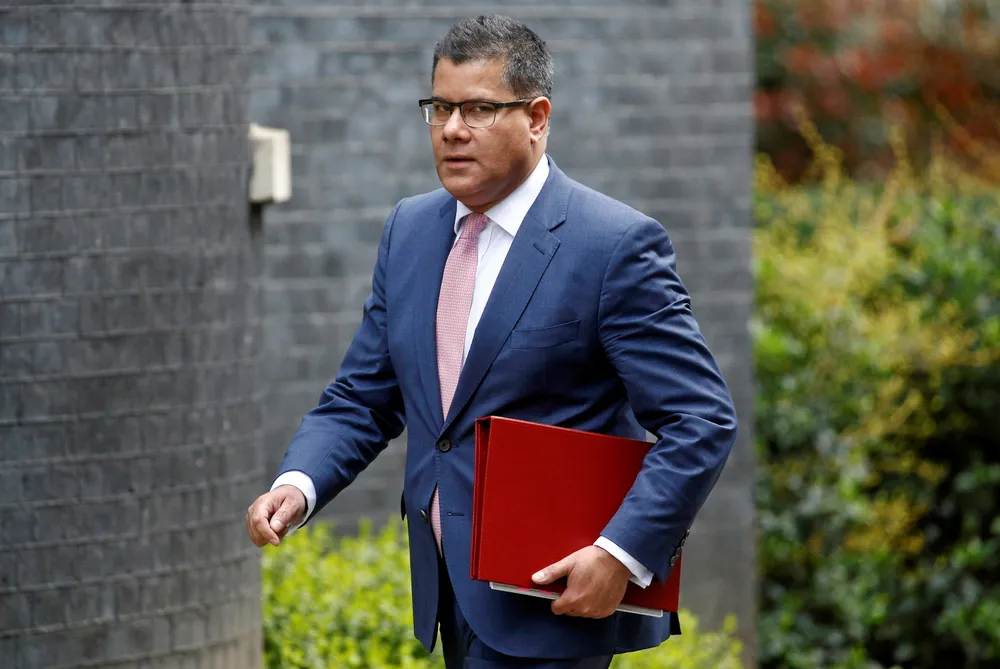UK publishes energy white paper, proposes domestic emissions trading scheme
New policy document also eyes £1 billion of funding for carbon capture and storage schemes

New policy document also eyes £1 billion of funding for carbon capture and storage schemes
